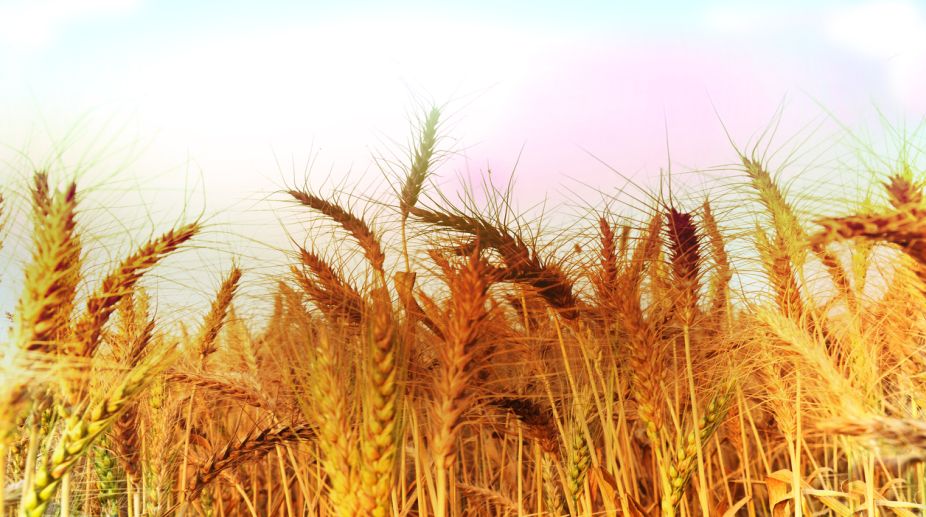After red wine, beer is believed to be the drink of choice for feeling relaxed. But what makes a perfectly flavoured pint? For some it is the hops, others say it is the water, or yeast. But the science of beer has just added a flavour to the mash — barley.
The study published in the Journal of the American Society of Brewing Chemists showed that barley varieties do contribute to flavours of beer above and beyond the malting process.
Advertisement
And in addition to genetics, environment of the place where barley is grown — what the wine industry calls terroir — also plays a part, according to the study.
The discovery follows a five-year study involving researchers at The Sainsbury Laboratory in Norwich, England alongside colleagues in the US.
Until now it was a widely-held brewing trade opinion that it was the malting process not the barley that contributed to the flavour and aroma of beer.
“The malting process directly impacts the wider profiles of flavour — how you get a pale ale, lager, or a porter — but what this study shows is that subtle flavour profile of the barley variety selected carries through that process,” said Matthew Moscou, one of the authors of the study from The Sainsbury Laboratory, Norwich.
The researchers set out to test the theory that barley cultivar and the place it is grown can affect beer flavour.
First, they selected two barley cultivars — Full Pint and Golden Promise – which have entirely different flavour profiles when used to brew beer.
The cultivars were crossed and modern breeding techniques used to create a population of 200 lines of barley to observe useful field traits.
To test the hypothesis that “terroir” applied to barley flavour, they grew populations across three sites in Oregon in the US.
The barley was harvested micro-malted and micro-brewed using a customised scientific approach that ensured consistency between batches.
Around 150 beers were prepared for sensory testing using a trained panel — people with sensitive palates employed by the brewing industry who know how to differentiate between a flavour wheel of 10 descriptors.
The descriptors were — cereal, colour, floral, fruit, grass, honey, malt, sweet, toasted and toffee.
These qualitative tests on the beers and control beers were used to understand how genes, location, and the malting process influenced flavour.
DNA analysis showed genes in varieties associated with flavour and genes associated with malting suitability were in separate parts of the barley genome.
The study concluded that barley varieties make different contributions to beer flavour and their growing environment can have an effect.











